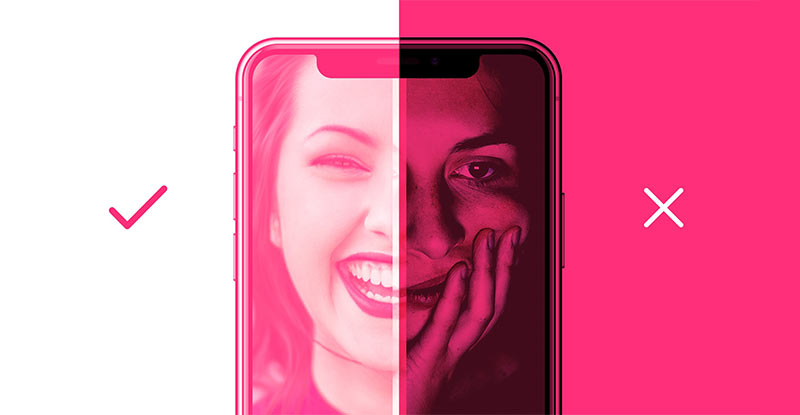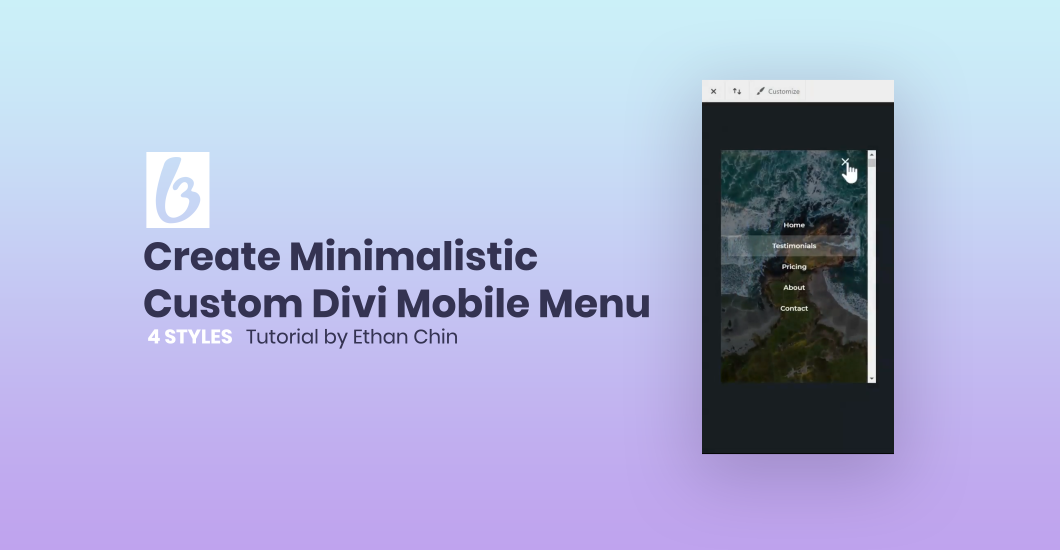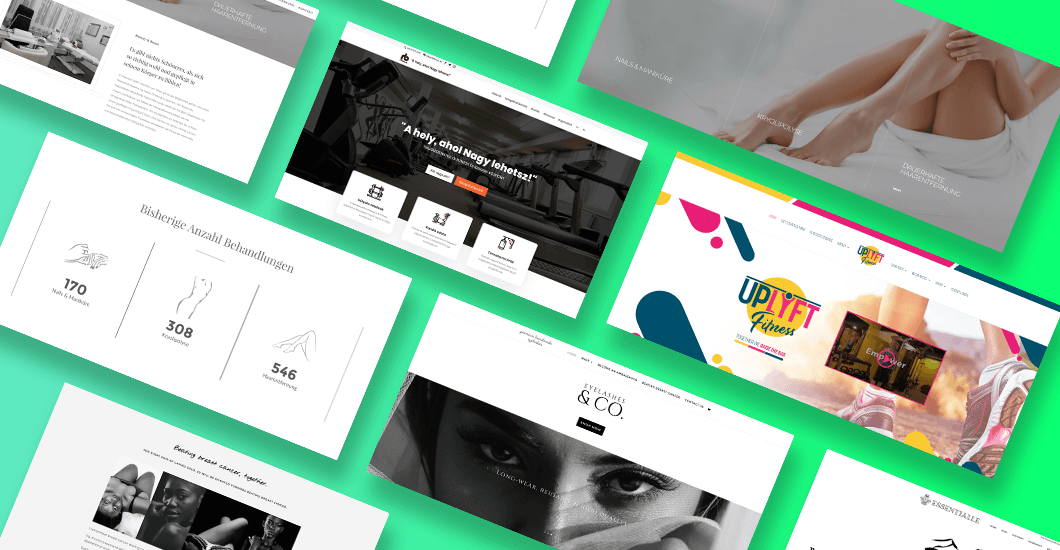5 Psychological Insights to Improve Your Website
Psychology continually creates fascinating insights into how the human brain works. Our brain is quite complex, and it influences our behaviour on how we connect and interact with all the things and other people around us.
There are a lot of things involved in designing a website that we need to take into consideration. It is crucial to learn how our brains interact with everything we see on the web. Our brains interact in various ways on each part of a site whether it be fonts, links, color, or images.
By taking this knowledge and implementing it to websites, you will be able to strengthen the appeal of your site to your target audience, increase its click rates, sales, and exposure, as well as boost its performance.
Whether you already have a running website or you are planning on creating one, here are some of the psychology concepts that may influence your website.
Priming
In psychology, priming means a memory effect where a stimulus triggers the recognition of another. Our brains process things and make them simple. It helps us connect colors, images, sounds, and words. For example, when we see a blackboard, we usually associate it with classrooms and learning, or possibly our own experiences as a young student.
Implementing priming with your website:
When you implement priming in your business, brand, and marketing, it can help influence the behavior of your clients in a lot of ways. In an online study where visitors of a site where observing the same site of a car but with varying background colors show that the background color plays a role in how visitors interact with the content of the site. Those who are exposed to a red-orange background are more focused on the safety details of the car. On the other hand, visitors exposed to a background color of green with dollar signs spent their time looking at prices.
So what does this mean? It means that every little detail and content you put on your website can send signals to your audience. It will also help them build an opinion regarding your business and brand, and you have all the power to influence their impression to your advantage.
Anchoring
When we see something, it changes our perception of other things. For instance, a charcoal colored jacket might look black until you put it beside a truly black jacket, and that is the time when you realize that it is not actually black but charcoal instead.
This also works with the elements of your website like words, numbers, and images just to name a few. When you are presenting the price of your products or services to your customers, you’d want to make them think that it’s a great deal by presenting them with something else first. Instead of showing your potential clients the price of the product they want, it is better to present them with a higher figure first so that they’ll think that yours is the best.
Implementing anchoring with your website:
When you are promoting a product or service for €75, show your customers a higher figure first so that €75 will seem like a steal. It doesn’t always have to be an amount. You can also use something like “More than 3,000 users have already signed up”. People’s thoughts will anchor any high number to an even higher number.
Familiarity
There is a specific part in the visual cortex of our brain dedicated to only process the human faces we see. It’s the one that helps us identify and remember faces, as well as deal with emotions. This section of our brain is stimulated once we see a human being’s face as it gets excited at the chance of decoding emotional information. This leads to an actual emotional connection especially when a face is directly looking at you.
Studies show that we react better to photos that include a human face. The reason for this is because we can relate to it more. However, keep in mind that stock images which are usually standardized and portray individuals in a staged scenario are not relatable at all. Site visitors react better to photos with people who they can see themselves having a conversation with.
Implementing familiarity with your website:
Use images on your website that depict real people to create a more personal mood in it. Put as many images of people on your site as you can especially those looking directly at the camera. You’d want to evoke as much emotion from your visitors as you possibly can.
Also, you’d want your site’s tone to follow suit. Addressing your visitors directly in an active and second-person style will also make them feel more involved. If your target audience and potential clients are able to see themselves actually engaging with your products or services, they will be much more committed both to your site and brand. Make them a part of your story by fostering a feeling of real engagement.
Social Validation
We are all social creatures. Our beliefs and actions are shaped up by interacting with other people around us and by how we think others perceive us. From the hashtags we like to the clothes we wear, these are all impacted by niche, competitiveness, conformity, and other social phenomena.
When we are eyeing a certain product, we don’t normally read the description on the box or label. Instead, we either ask a family or friend about their opinion about it or read online reviews before making the purchase. Although the information on the box is factual, we trust the people we know, people we can relate to, and other consumers who have tried the product more rather than an expert or the company itself.
Implementing social validation with your website:
Have a wide range of sources for reviews and testimonials about your products. Aside from using experts, mix it up with real consumers. Make sure to display their location and age on their reviews so that your target clients have someone they can relate to and trust.
You may also want to showcase the most popular items on your store, menu, or blog. Humans have this intuition that there’s a reason why something is so well-received by buyers.
If your target audience is a particular niche, ensure that you are aware of any of the visual brands and cultural principles that they identify with, and utilize them on your website. Your bond with your visitors will be stronger if you give them a feeling that your website is one with their community.
Make it easy for your target audience to connect
When people visit your site, they are expected to make some decisions. Should they browse the home page further or move to a different page? Should they immediately book a service or contact you for more details? Is it enough to follow you on your social media channels or should they subscribe to your newsletter? Should they buy your offer now or think about it more?
Well, if it was up to you, you know what their choices should be. Good thing is that everything is more up to you than you think. When creating a site, there are many things you can do to point and direct your audience to where you want them to go.
Implementing choice with your website:
The first thing you want to do is for your potential customers to realize that making the right choice is beneficial to them and not you. Make sure to emphasize the benefits they will get from your product or service instead of its cost or minimal effort.
Seal the deal by eliminating obstacles along the process. Avoid creating a very small “Add to Cart” button, a registration field that can only be found in a page rather than all your pages. Avoid adding external links that don’t open in new tabs as this will take your clients away from your website. These may seem like little technicalities to you, but these are some of the obstacles that stand in the way of your target customers.
Also, try to address concerns and questions directly on your website. There should be no room for hesitation on your visitor’s part. Leaving them room to hesitate will result in your visitors not following where you are leading them. Create an FAQ page or instructional videos, and add testimonials and reviews from previous customers as well.
Applying some of these key concepts in psychology can help enhance user experience and improve the performance of your website. Your visitors will not know the difference, but it will surely be beneficial on your end. What’s your take on this? Let us know by commenting below!
Aileen Cuaresma
Aileen is a Technical and Creative writer with an extensive knowledge of WordPress and Shopify. She works with companies on building their brand and optimizing their website. She also runs a local travel agency with her family. On her free time, she loves reading books, exploring the unknown, playing with her two adorable dogs, and listening to K-pop.
Use coupon code SLIDER15 at checkout!














One of the fast, reliable and effective ways to reach customers is sending push notifications to various segments of users. To make it easy for customers to connect, keep minimum details in the form filling process. Once the user has completed the transactions, you can then ask for details.
Excellent article, thank you. I’m curious if you have a resource for one to continue to learn in more depth what studies find regarding this list and more like them?